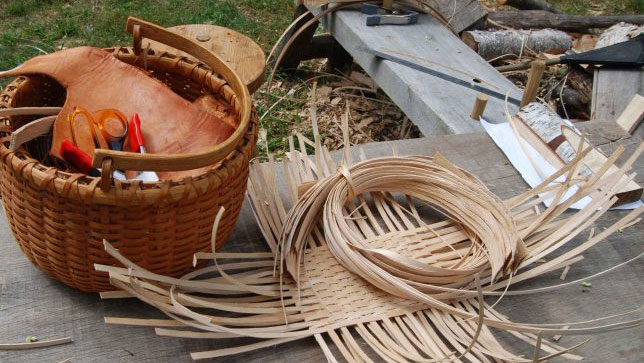
While we often visit our local craft stores to purchase materials for our projects, rarely do we take the time to create these materials from scratch. However, this is precisely what distinguishes river cane basket makers; they possess the unique ability to harvest, process, and dye all their materials before starting the weaving process.
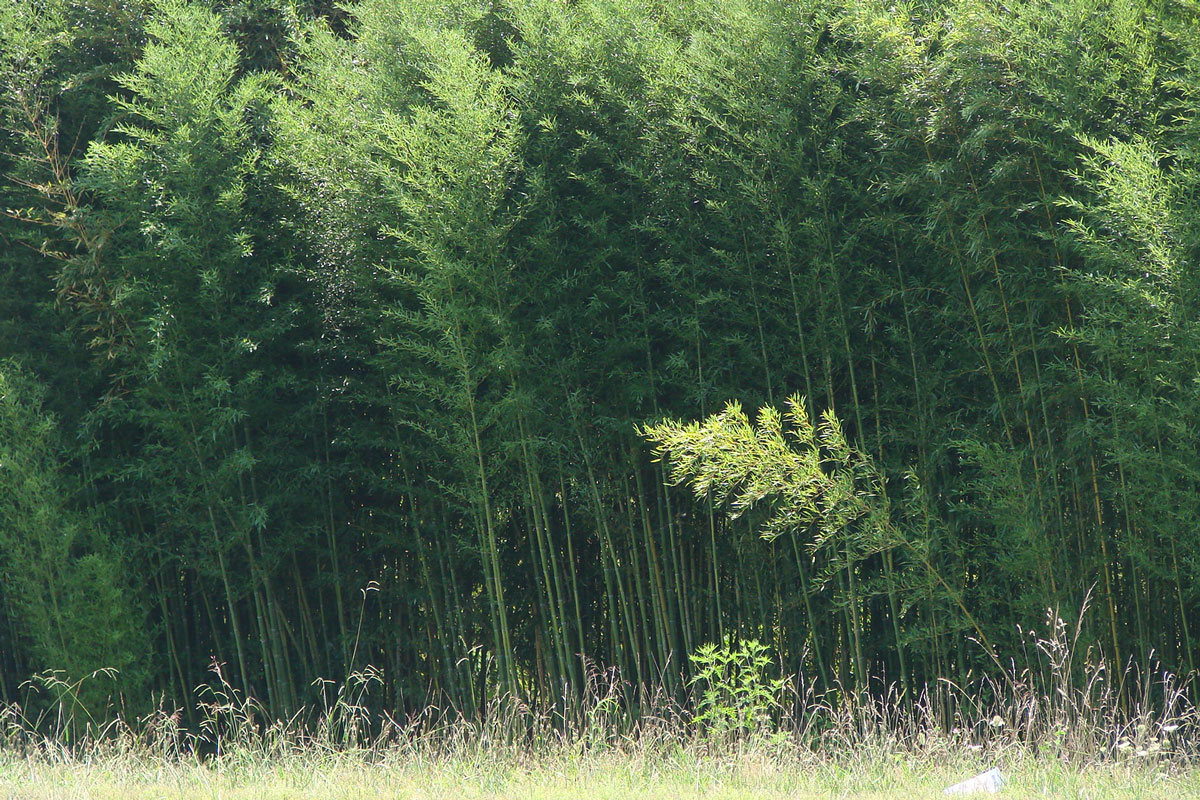
River cane (Arundinaria gigantea) is a native bamboo species of the Southeast, growing alongside stream banks and rivers in dense stands known as canebrakes. They provide several ecological benefits, including streambank stabilization, erosion control, water quality improvement, and the provision of habitat for various animals such as birds, insects, and small mammals. River cane is important not only ecologically but also culturally. It is one of the oldest materials used in Cherokee culture, serving in the crafting of sleeping mats, blow guns, building materials, and beautiful baskets. Cherokee basketry is unique, and an integral part of their culture and history. For centuries, river cane basket-making techniques and knowledge have been passed down from generation to generation.
Harvesting, Shaping, and Dyeing River Cane
Crafting river cane baskets demands significant labor and time, with a substantial portion dedicated to sourcing and preparing the materials before weaving the basket. First, the river cane needs to be harvested. Next is using a knife to split the stem and divide it into quarters; forming four strips. Then with each strip, artisans peel the strip’s inner layers and scrape them evenly. The basket maker transforms the cane into slender, flexible strips or splints that will form the foundation of the basket, requiring a high level of skill and precision. The basket maker will then dye the weaving materials with natural dyes made of the berries, nuts, roots, or bark of native plants. The plants mainly used for dyeing include black walnut (black color), bloodroot (orange color), yellow root, and butternut (brown color). This step is also a time-consuming process as it includes harvesting, preparing the dyes, and extensive knowledge of the plant’s harvest times. Finally, after each of these steps has been completed, the basket can be woven.
Weaving and Creating Patterns
There are two styles of river cane baskets: single-weave and double-weave baskets. A single weave basket is essentially making one basket, whereas a double weave creates two baskets in one. The artisan begins weaving at the base of the inside of the basket and works upwards to the rim, then folds the splints over and continues weaving from the rim to the base. The extra layer in a double weave basket enhances its durability and provides additional strength. A double-weave basket can also feature different patterns on both the inside and the outside. Using vibrant dyed materials and weaving techniques, the maker crafts beautiful patterns, resulting in geometric designs that captivate the eye. The design decisions are up to the artisan, fostering creativity and incorporating stories or symbolic meanings into their basket design.
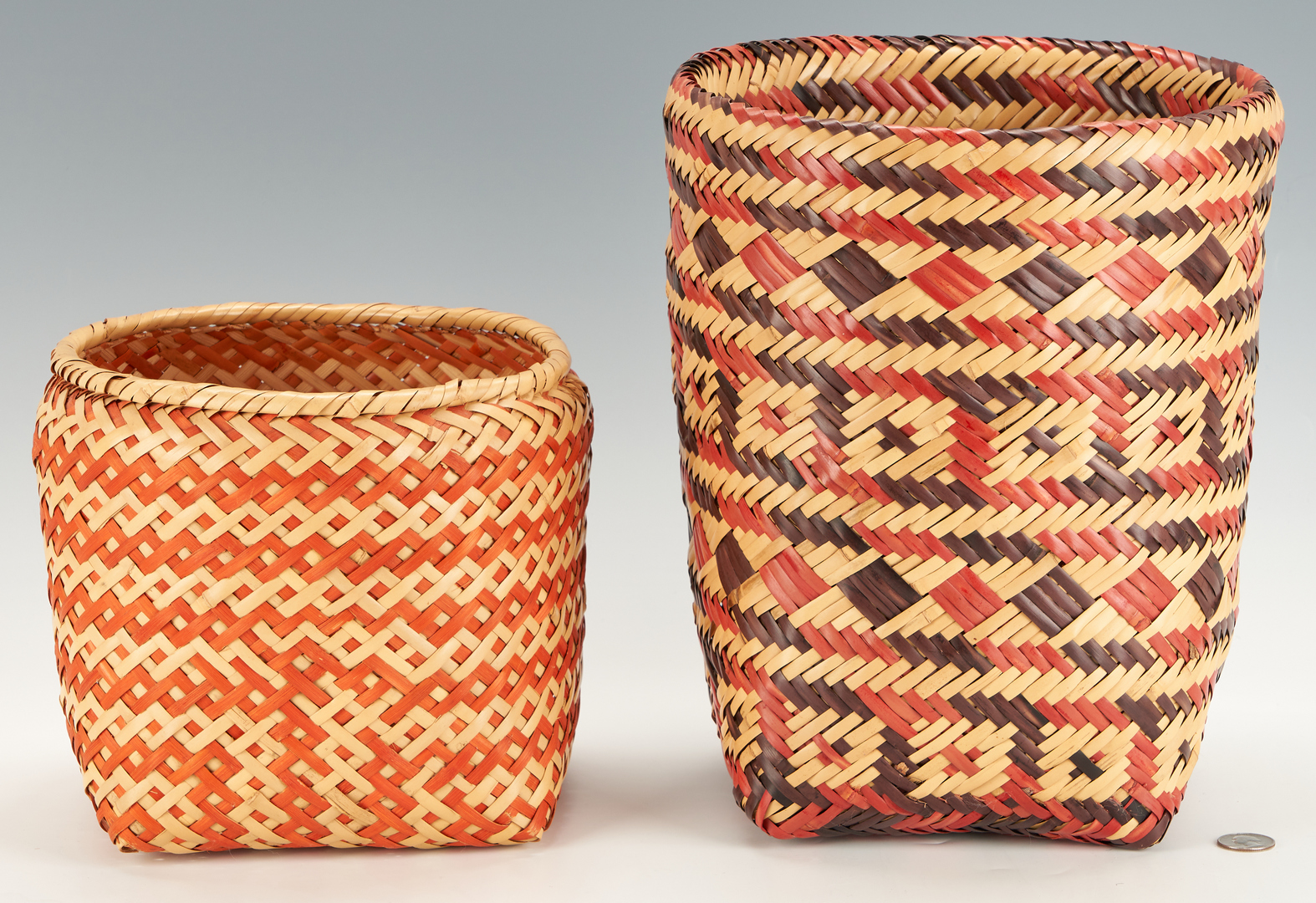
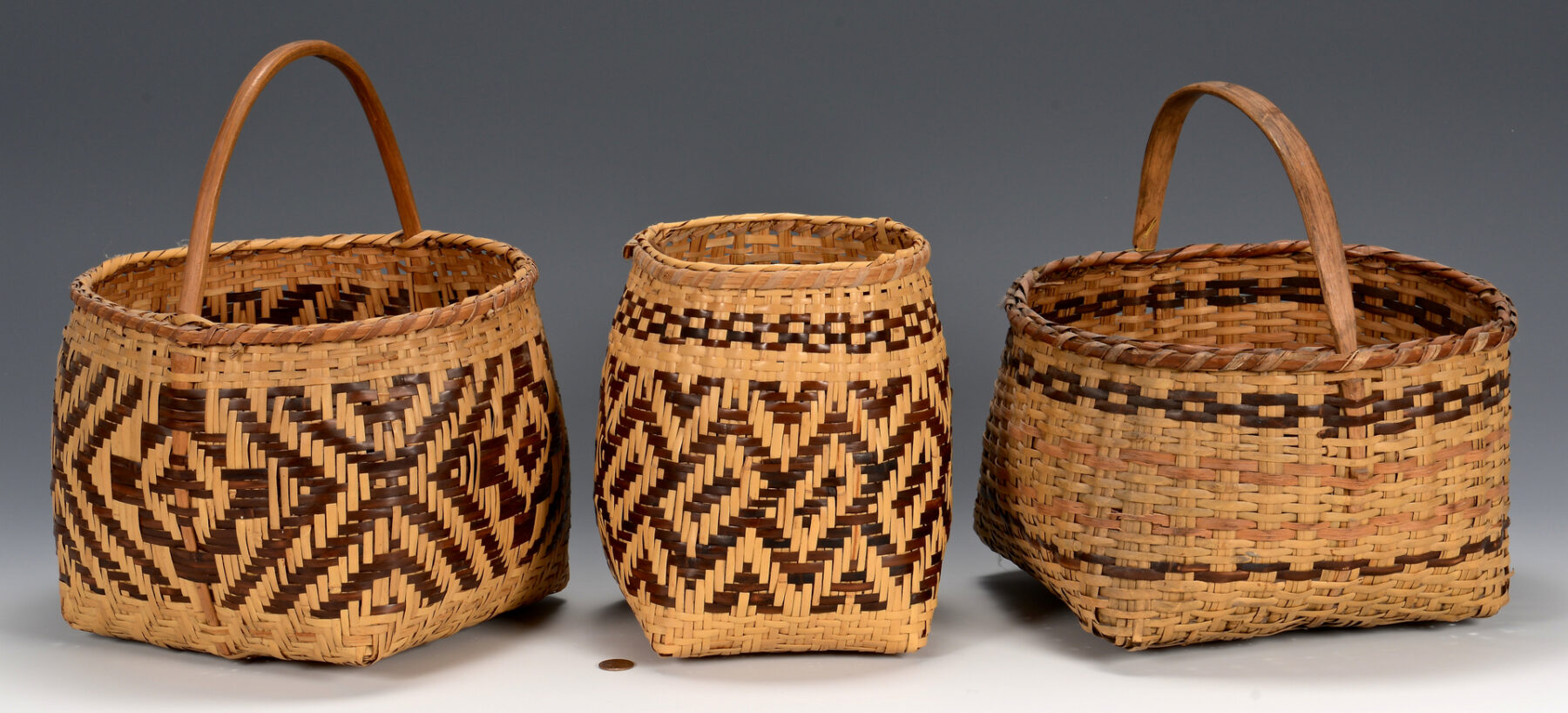
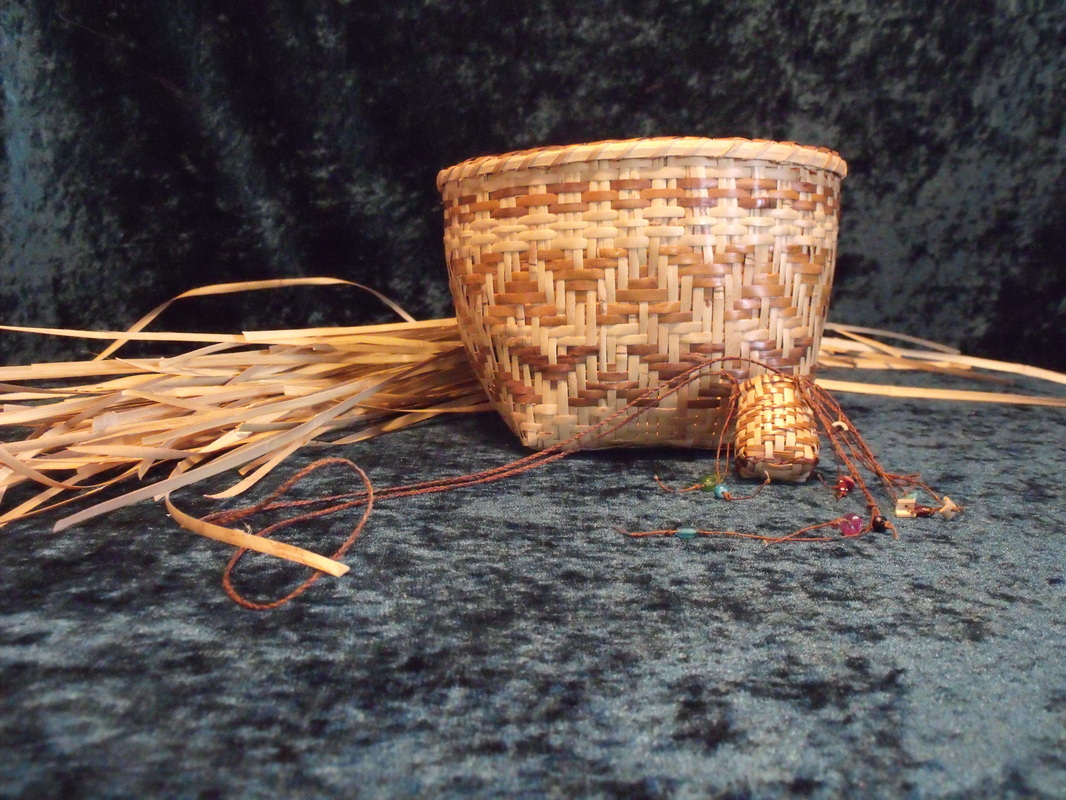
Preserving Tradition
Basketmaking is an evolving craft, and the artisans of the Eastern Band of Cherokee (EBCI) strive to uphold this tradition and impart their knowledge to future generations. However, these artisans now find themselves traveling longer distances to procure suitable mature cane for their materials. Alarming estimates suggest that a mere 2% of river cane remains, a decline largely attributed to factors such as urban development, agriculture, and the misidentification of native river cane for invasive bamboo. Raising awareness about river cane and its associated craft is imperative, as this plant not only boasts significant ecological benefits as a native species but is also pivotal for the EBCI artisans in preserving their time-honored craft.
To learn more about river cane, please check out the resources down below:
- Watch Weaving Connections by Bear Allison: a short film featuring EBCI artisans that speak about their process in harvesting materials and creating baskets.
- Read our River Cane – Key to Restoring a Signature Mountain Ecosystem post: contains a guide on how to identify river cane from invasive bamboo.
